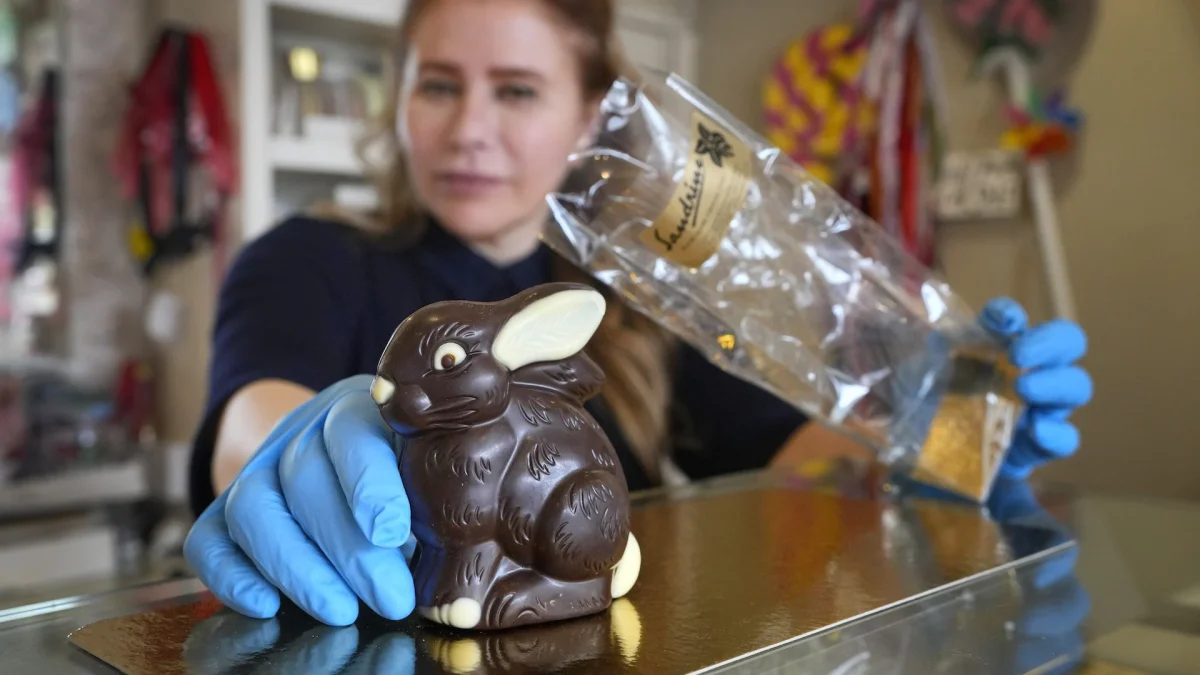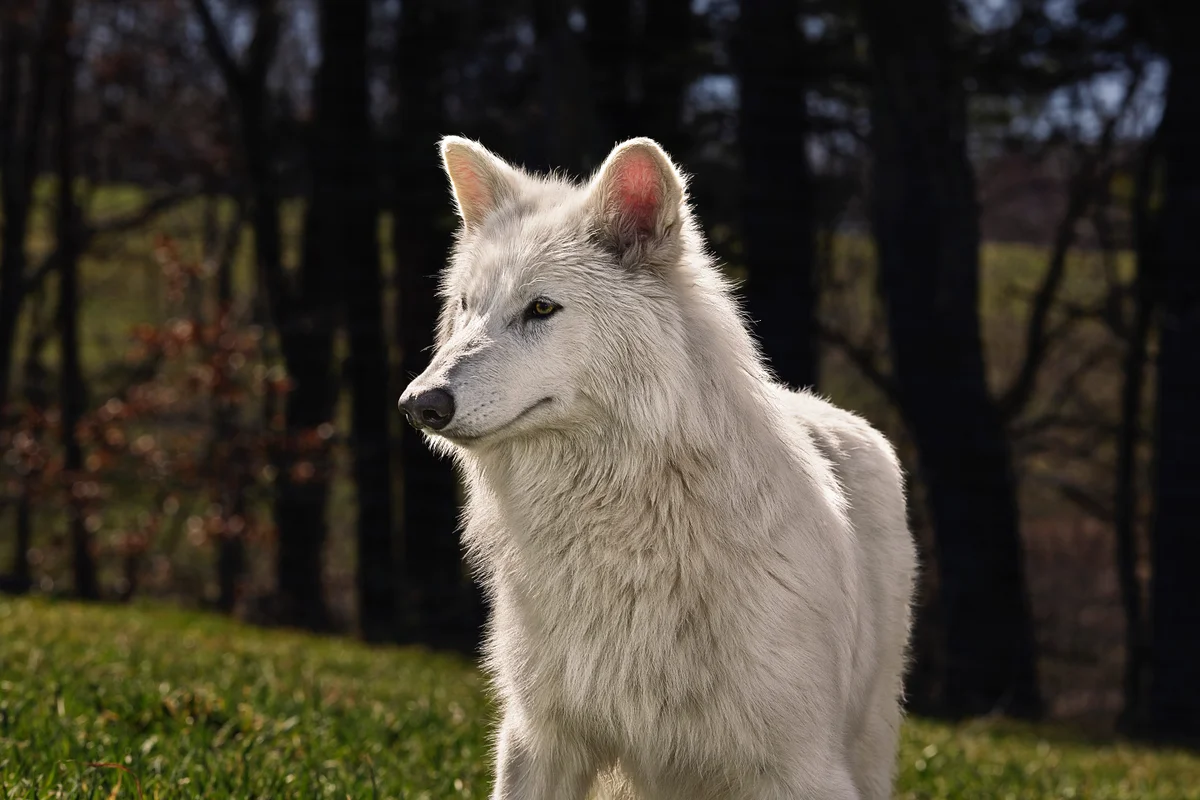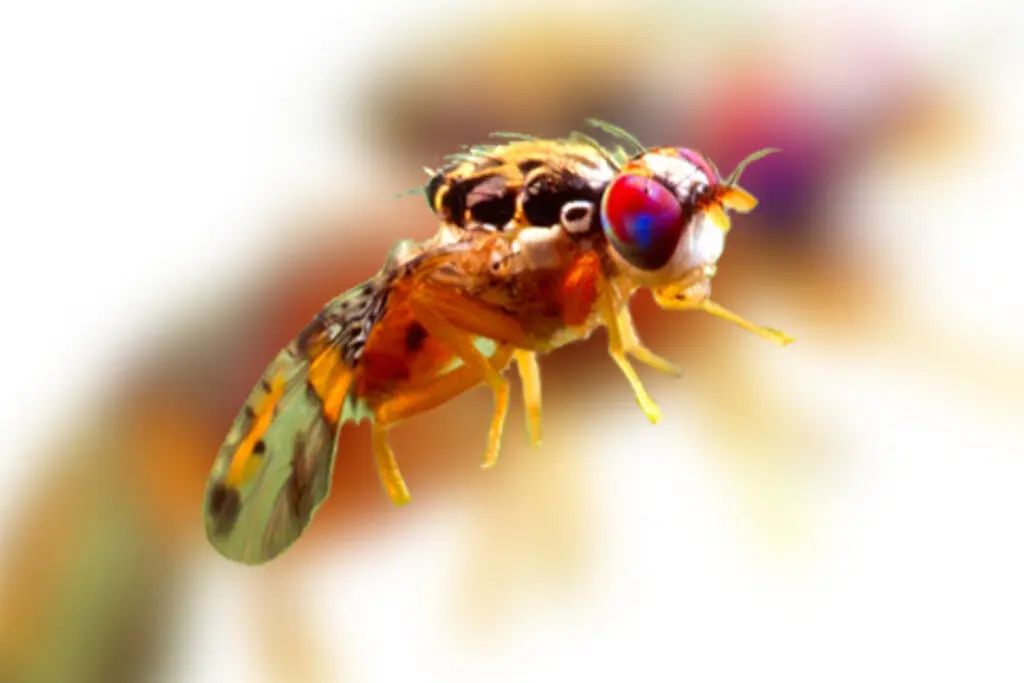A species of wolves that died out around 12,500 years ago has recently been resurrected from the grave by bioscientists from a Dallas-based Biotech company called Colossal Biosciences. By using cloning and gene-editing technology, they were able to alter the DNA of grey wolves to match that of the prehistoric dire wolf. The result was three of the closest living relatives to the dire wolf.
The dire wolf, also known as the Aenocyon Dirus, was the ancient ancestor to the present grey wolf. They were much bigger in size, with a bigger head and a stronger jaw compared to modern-day wolves. This made them one of the top predators that once roamed North America.
In an article by CNN, Beth Shapiro, the chief Colossal scientist at the company Colossaal Sciences that made the dire wolves, said that, “We aren’t trying to bring something back that’s 100% genetically identical to another species. Our goal with de-extinction is always to create functional copies of these extinct species. We were focusing on identifying variants that we knew would lead to one of these key traits,” (CNN News).
The company managed to achieve this by making 20 edits to 14 genes, and then cloning the most promising cell lines, which they then transferred to donor eggs from domestic dogs. The healthy embryos are then transferred into real domestic dogs, specifically large and mixed breeds, which acted as surrogate moms. They completed 8 transfers in total with an average of 45 embryos per surrogate.
On October 1, 2024, two dire wolf pups were born, named Romulus and Remus, with a female following on January 30, 2025. Matt James, a Colossal chief animal officer, says that, “When we found out that we had singleton puppies in each of those litters eventually, that was actually maybe not the optimal outcome, but it’s pretty optimal,”. Singleton puppies are puppies that are born alone instead of in a litter. The team of Colossal scientists is hoping to grow a pack in the future of dire wolves..
The two male puppies were “habitual to people” but not exactly tame. They’re currently seeing some juvenile activity with the two males, which they observed to be a little more “skittish” than grey wolves as they further explore their environment. They expect to see more of their behavior when they get a testosterone surge.
Some scientists are concerned about Colossal trying to bring back extinct species. They think that this process is a waste of expensive resources, and they should focus on keeping the already existing species alive. They think it gives politicians and industries the idea that they can damage the environment and just resurrect the lost species afterwards.
Matt, the chief animal officer, responded by saying, “We’re trying to focus on species that can have cascading effects on an ecosystem to improve stability, lift biodiversity and maybe even help with climate change buffering,” (BBC News).
Overall, the species that went extinct around 12,500 years ago has not been completely resurrected yet, but will continue to progress towards its goal. Colossal is also thinking of resurrecting the Woolly Mammoths and the Tasmanian Tigers in the future, which the world looks forward to.
Sources:
https://www.cnn.com/2025/04/07/science/dire-wolf-de-extinction-cloning-colossal/index.html






















